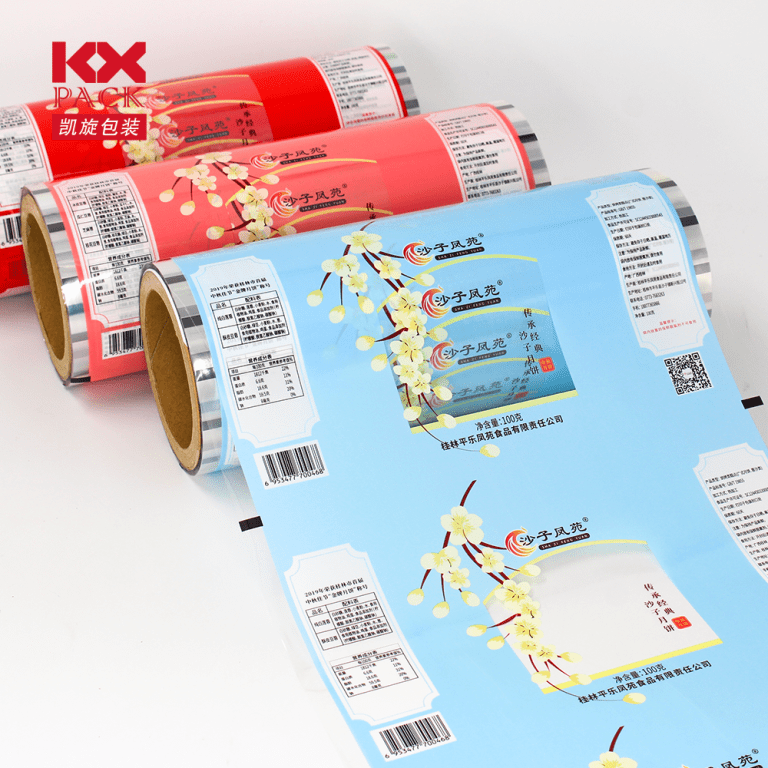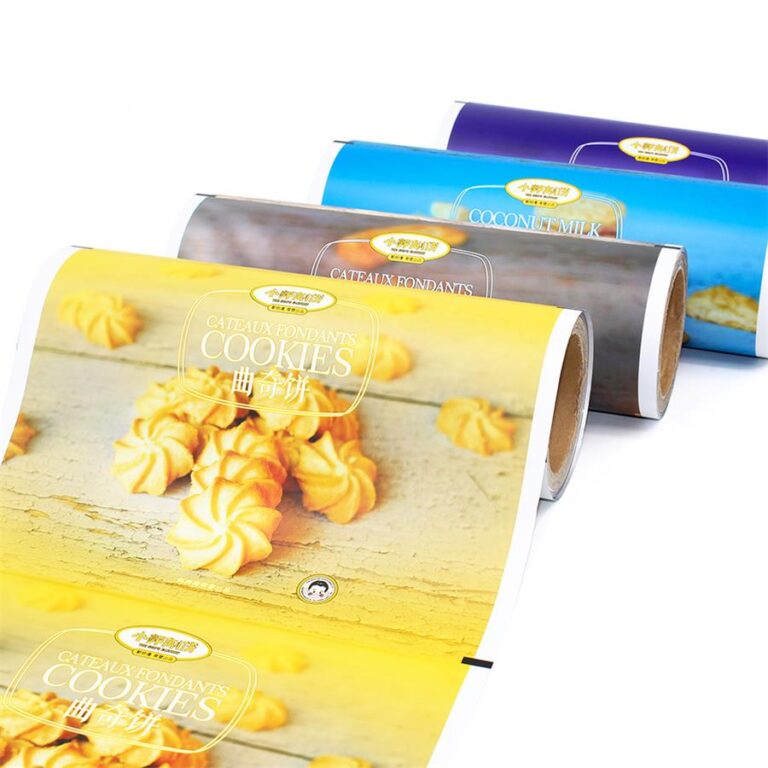Использование и типы пленочной упаковки для пищевых продуктов
Оглавление
Использование и типы пленочной упаковки для пищевых продуктов
В сегодняшнем быстро меняющемся мире, Пленочная упаковка для пищевых продуктов играет решающую роль в обеспечении безопасности., свежесть, и привлекательная презентация наших продуктов питания.
Благодаря постоянно меняющимся требованиям потребителей и строгим правилам, пищевая промышленность постоянно ищет передовые и эффективные упаковочные решения.. This article explores the latest trends and innovations in food packaging films, highlighting their unique properties, приложения, and the different types available.

Introduction to Food Packaging Films Food packaging films are thin, flexible materials designed to protect food items from external factors such as moisture, воздух, свет, и загрязняющие вещества. These films serve as a barrier, extending the shelf life of products and maintaining their quality during transportation and storage. The most commonly used materials for food packaging films include plastics like polyethylene, полипропилен, и полиэстер, as well as bio-based and biodegradable alternatives from manufacturers like Шаньтоу Кайсюань упаковочная компания, ООО.
Types of Food Packaging Films and Their Applications
- Полиэтилен (ЧП) Фильмы: Available in different densities like LDPE, LLDPE and HDPE, these films offer excellent moisture barrier properties. They are commonly used for packaging bread, замороженные продукты, закуски, and pouches.
- Полипропилен (ПП) Фильмы: With high strength, transparency and heat resistance, PP films are ideal for packaging microwaveable meals, выпечка, and fresh produce.
- Полиэстер (ДОМАШНИЙ ПИТОМЕЦ) Фильмы: Possessing superior gas and moisture barrier abilities, PET films are suited for packaging meat, напитки, and products with extended shelf lives.
- Polyamide (А) Фильмы: Also known as Nylon films, they boast high thermal resistance and toughness, making them perfect for retort pouches and vacuum packaging.
- Этилен виниловый спирт (ЭВОН) Фильмы: With exceptional oxygen barrier performance, EVOH films are often used as components in multi-layer structures for extending shelf life.
- Полилактановая кислота (Плата) Фильмы: Получен из возобновляемых ресурсов, таких как кукурузный крахмал, PLA is a biodegradable, eco-friendly option for sustainable packaging.
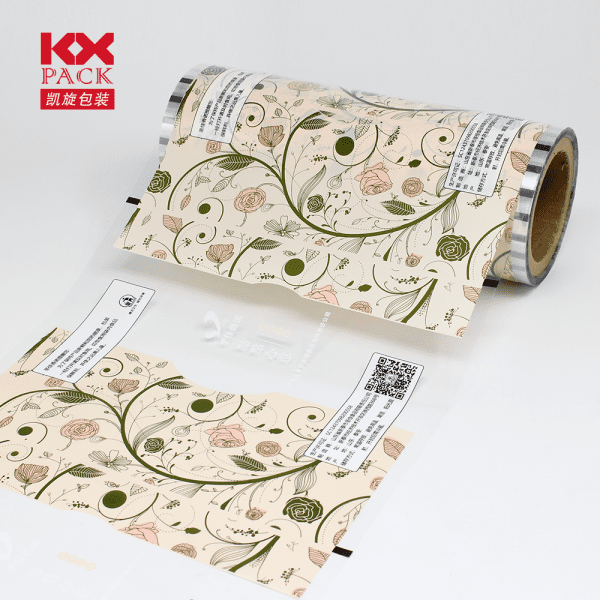
Who we are
Шаньтоу Кайсюань упаковочная компания, ООО. has been a direct manufacturer focused on packaging for over 20 годы, with a specialization in color printing, blistering, and bag making.
We offer an integrated solution encompassing design, производство, and sales. With a state-of-the-art facility covering 200,000 square meters, including a 100,000-level dust-free workshop, Kaixuan is equipped with advanced machinery such as a 300m/min 12-color high-speed gravure printing machine, automatic high-speed blister machines with German technology, eight-side sealing bag making machines, and other high-standard bag making equipment.
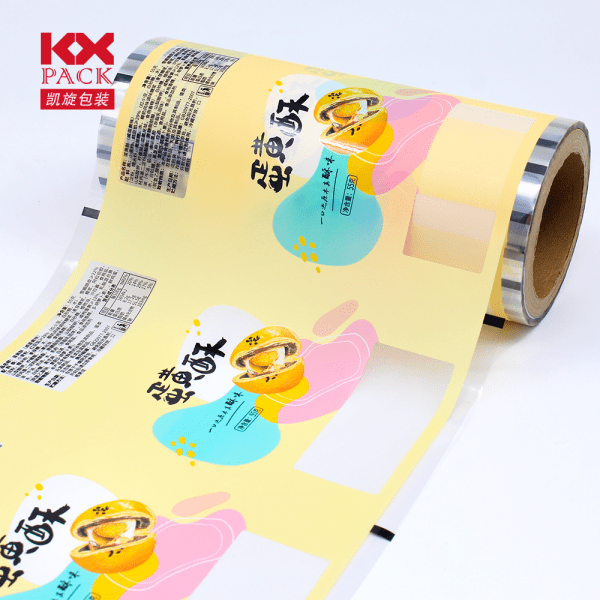
Innovation of Film Packaging for Food
Innovative Food Packaging Film Solutions The пищевая упаковка industry is constantly innovating to meet evolving consumer preferences and regulatory requirements. Here are some exciting developments in food packaging films:
- Активная и интеллектуальная упаковка: These films incorporate additives or sensors that actively monitor and regulate the internal environment, extending shelf life and improving food safety.
- Sustainable and Biodegradable Films: Manufacturers are exploring bio-based and biodegradable materials like polylactic acid (Плата) and cellulose to reduce environmental impact.
- Антимикробные пленки: Incorporating antimicrobial agents into films can inhibit the growth of bacteria, форма, and fungi, enhancing food safety and prolonging freshness.
- Фильмы с высоким бортором: Advanced multi-layer structures and coatings provide superior barrier properties against gases, влага, и свет, extending shelf life for sensitive products.
- Smart Labels and Packaging: Integration of QR codes, RFID -теги, and other smart technologies enables real-time monitoring, отслеживание, and enhanced consumer engagement
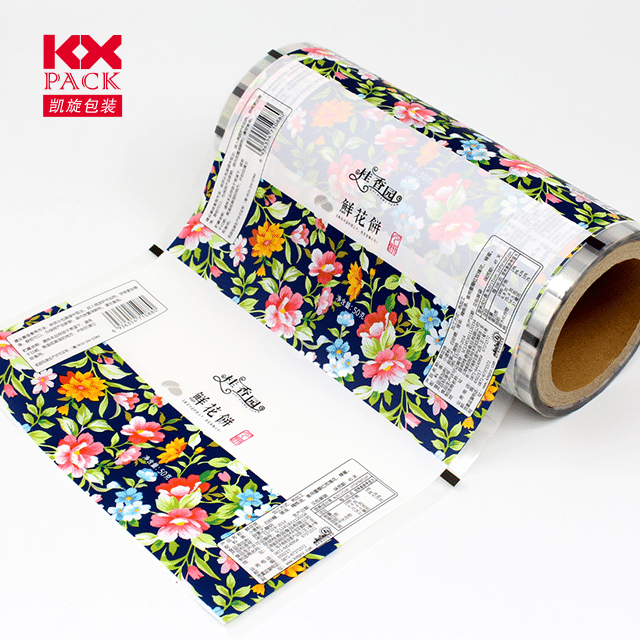
Заключение
As consumer preferences and regulatory requirements continue to evolve, the food packaging industry must stay ahead of the curve by developing innovative and sustainable film solutions.
By leveraging cutting-edge materials, технологии, and manufacturing processes, food packaging films can ensure product safety, свежесть, and appeal while minimizing environmental impact.
The future of food packaging lies in intelligent, высокопроизводительный, and eco-friendly film solutions that meet the demanding needs of the modern food industry.
Связаться с нами
For more information of Film packaging for food, посещать наш сайт or contact our professional customer service team:




